How to connect a dryer to the sewer?
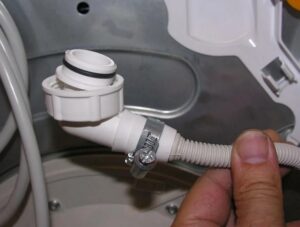 You can organize the connection of the dryer to the sewer yourself. Of course, it is possible to abandon this idea altogether and drain the condensate manually after several drying cycles, but this method is not entirely convenient. Modern devices are able to immediately discharge the evaporation product into the pipe - so why not take advantage of this opportunity? Let's figure out how to properly connect the drain hose.
You can organize the connection of the dryer to the sewer yourself. Of course, it is possible to abandon this idea altogether and drain the condensate manually after several drying cycles, but this method is not entirely convenient. Modern devices are able to immediately discharge the evaporation product into the pipe - so why not take advantage of this opportunity? Let's figure out how to properly connect the drain hose.
We organize drainage for the dryer
The dryer drain hose is thinner than that of a washing machine. However, the principle of its approach to communications is no different. One end of the drain pipe is screwed to the body of the device, the second is connected to a siphon or tee embedded in the sewer riser.
The algorithm for connecting the dryer to the sewer is as follows:
- inspect the back wall of the dryer body;
- Find the recess from which the hose “peeks out.” The end of this pipe is attached to a fitting - that is, by default the machine is configured to drain condensate into a container;
- unhook the inner hose from the fitting;
- take the drain pipe that comes with the dryer;
- connect the drain hose to the fitting;
- connect the other end of the drain hose to a siphon or tee embedded in the sewer pipe.
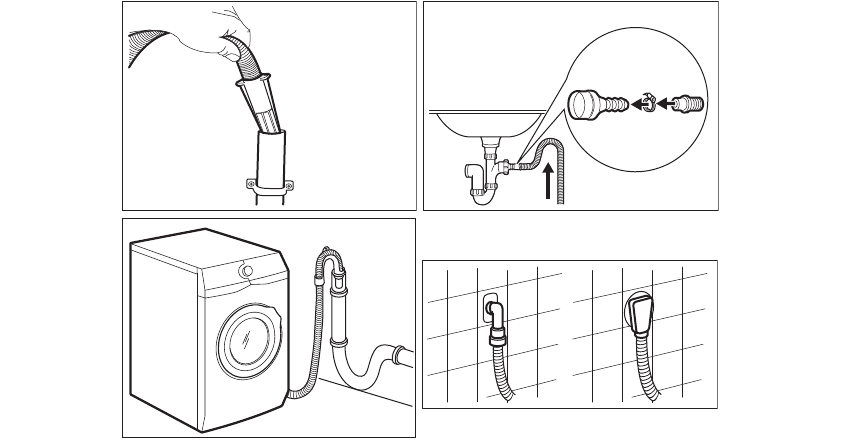
It is easier to connect the dryer drain hose to the siphon fitting (for example, installed under a sink or bathtub). When this is not possible, you will have to install a tee tap into the sewer pipe. Then to connect the corrugation you will need a cuff; you can purchase it at a specialized store. It is important that the connection point does not leak.
There is an even simpler method - do not connect the drain hose to the siphon, but simply fix it on the edge of the bathtub or sink using a special fastener. There is not as much water coming out of the dryer as from a washing machine, so there is no need to be afraid that the corrugation will break off and flood everything around.
Modern condensation dryers do not need to be connected to the sewer, then the water will accumulate in a special container.
Where and how to make a socket for a dryer in the bathroom?
The next important stage in installing the dryer is connecting it to the electrical network. When both a dryer and a washing machine are located in the same room, you will have to provide a separate outlet for each device. When both units are turned on at the same point, a network overload and a short circuit may occur.
To connect washing and drying equipment, it is better to purchase sockets with the maximum level of moisture protection.
Be sure to think about where exactly the outlets will be located. It is advisable that they be located in close proximity to the washer and dryer, and at the same time away from the shower stall, sink, bathtub or heated towel rail. The ideal option is to make sockets at the entrance - this place is best ventilated.
Be sure to place sockets on the wall, at a height of at least 25 centimeters from the floor, for safety reasons. It can be 40, 50, or even 90 cm, the main thing is not lower than the established minimum.
The ideal option is to provide a separate power line for the washing machine and dryer. First you need to draw a diagram of how the wiring will be laid. At this stage, the length of the wire is calculated and its cross-section is determined.It is important not to make mistakes in the calculations, since the equipment puts a large load on the network.
The algorithm for selecting wires will be as follows:
- Determine the power of your washer and dryer. This information is in the instructions for the devices, and is also sometimes written on the equipment body;
- guess what other devices and what power you might connect to this outlet;
- Find out how much power wires of different sections and thicknesses can withstand. For example, a 1.5 mm cable can easily “handle” 4.1 kW, that is, it is quite enough for a dryer. However, experts advise buying wiring “with a reserve”, in this case at least 2.5 mm.

Having found out which cable is needed, you can begin planning the wiring “route”. Here you need to take into account the following nuances:
- it is important to avoid “wet” areas, that is, walls near the bathtub, shower cubicle, washbasin;
- It is better not to lay wires along load-bearing walls - they are usually reinforced, and this will complicate the surface groove;
- it is advisable to plan the shortest route to avoid waste of materials;
- it is impossible to intersect with other branches of the electrical network;
- It is better not to arrange wire boxes, as they can be dangerous in a damp room.
It is imperative to provide a RCD or automatic circuit breaker on the circuit section, which, if necessary, will protect the equipment from voltage surges in the network. Typically, for sockets for dryers and washing machines, experts recommend buying a device with a cut-off current of 10 or 16 Amps.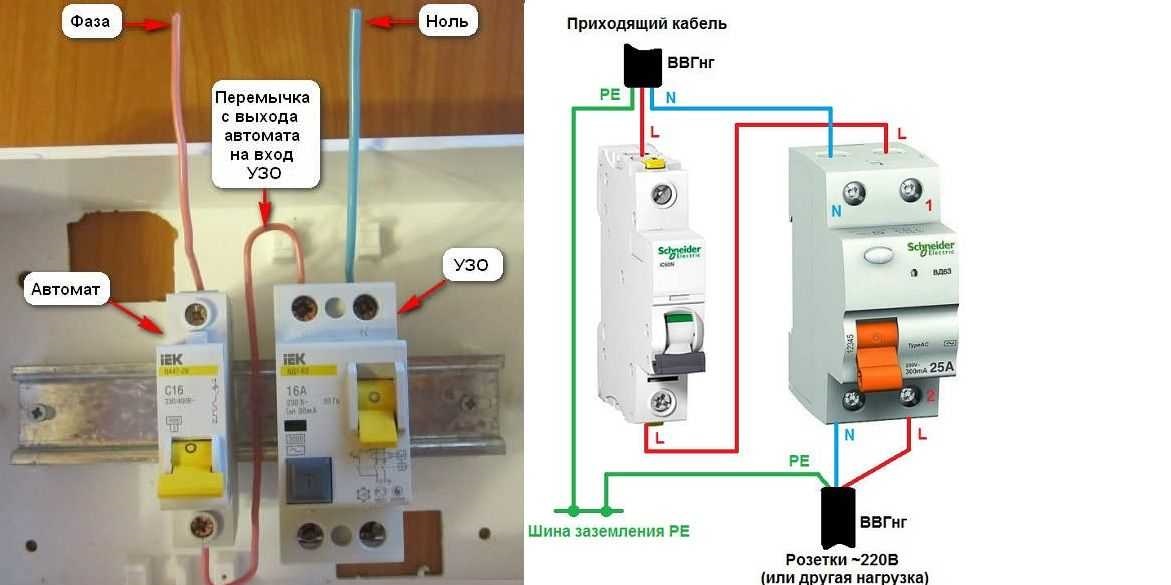
Having finished the project, planned the cable route and purchased the necessary components, you can begin installing sockets. The algorithm of actions will be as follows:
- Based on the plan, put marks on the wall. Mark where the socket will be located, draw the lines that will have to be cut to lay the wire;
- using a hammer drill and a socket box, drill holes for future sockets;
- groove the walls along the marked lines, forming a niche for laying the cable;
- install a residual current device in the panel facing the bathroom. Be sure to make sure that the output is de-energized at this moment;
- connect the wire to the RCD;
- start pulling the wire along the groove to the sockets;
- put a little cement mortar into the recess under the socket, and “plant” the socket box on top;
- fix the cable in the wall, then lead the wire strands into the already made socket box;
- insert the “internal filling” of the socket into the socket box and fix the structure;
- connect the wire strands to the corresponding contacts of the socket;
- install the outer “shell” of the outlet.
This completes the installation work. Next, the made sockets are checked for functionality. If everything is functioning properly, you can “close” the grooves in the wall.
In fact, connecting a dryer to communications is not that difficult. The organization of a separate power line is not always required. If the room already has sockets, the work is much simpler.
It's the same with sewerage. Condensation-type dryers can generally only operate from a power outlet - then the user will have to periodically drain the accumulated condensate from a special container. However, even a housewife can handle connecting the drain hose to the siphon, so it is better to spend 10 minutes immediately during installation and organize the drainage of the liquid.
Interesting:
Reader comments
- Share your opinion - leave a comment




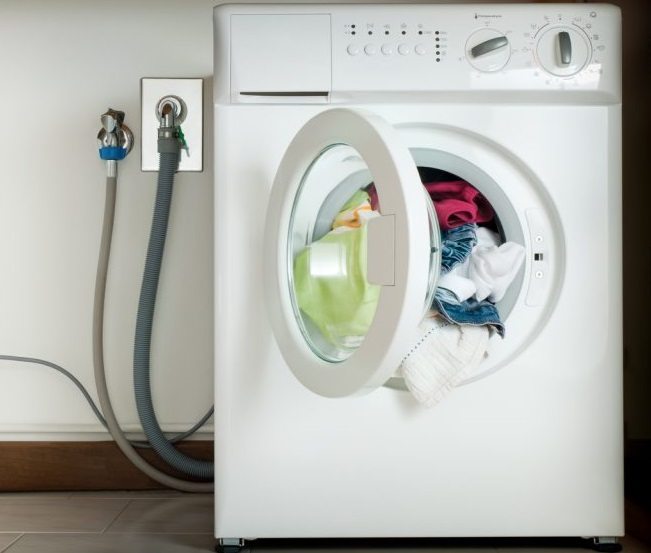
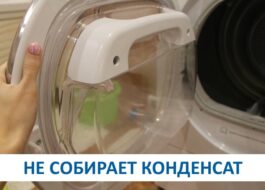
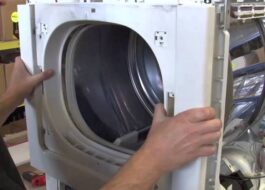














Add a comment